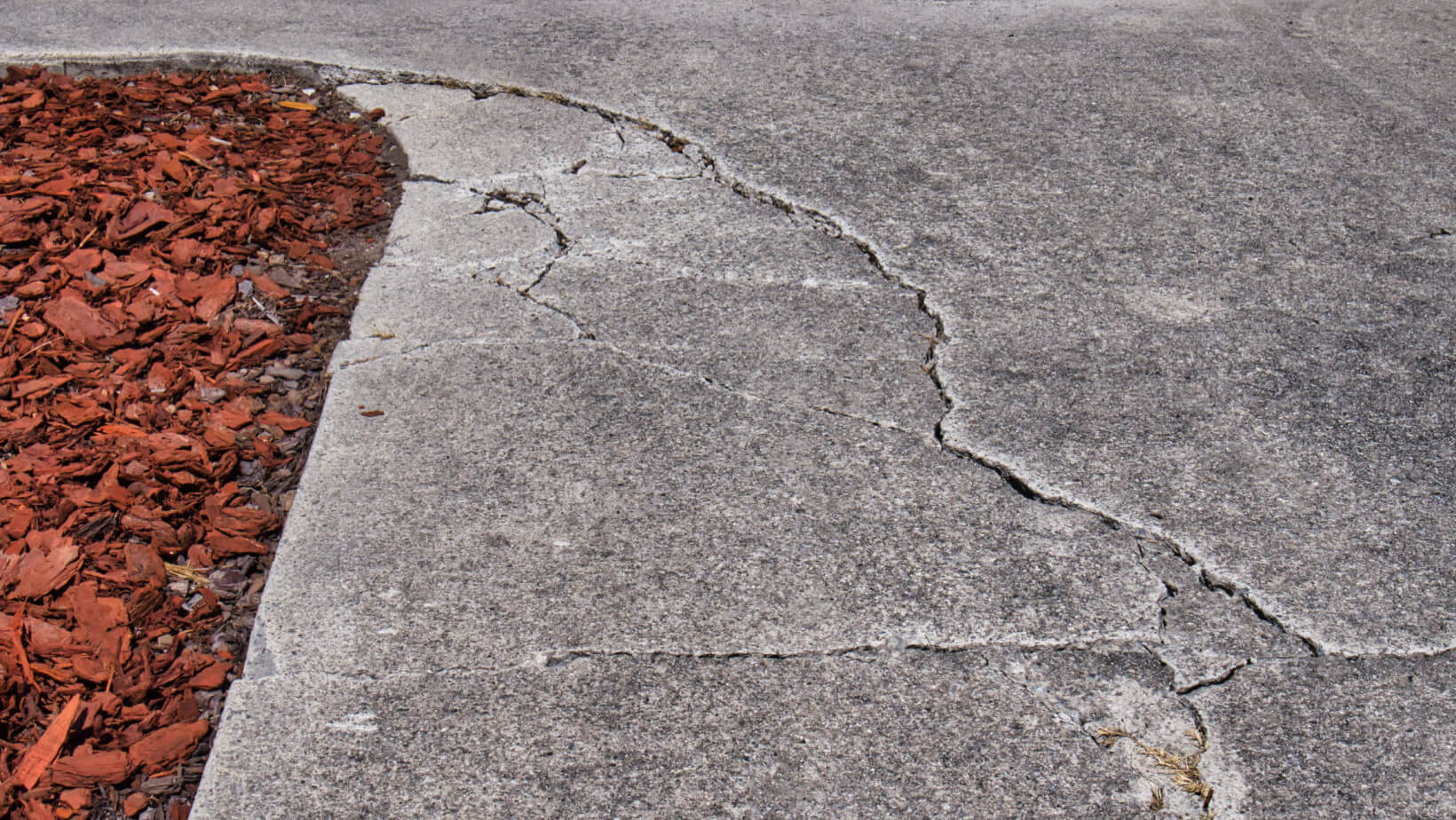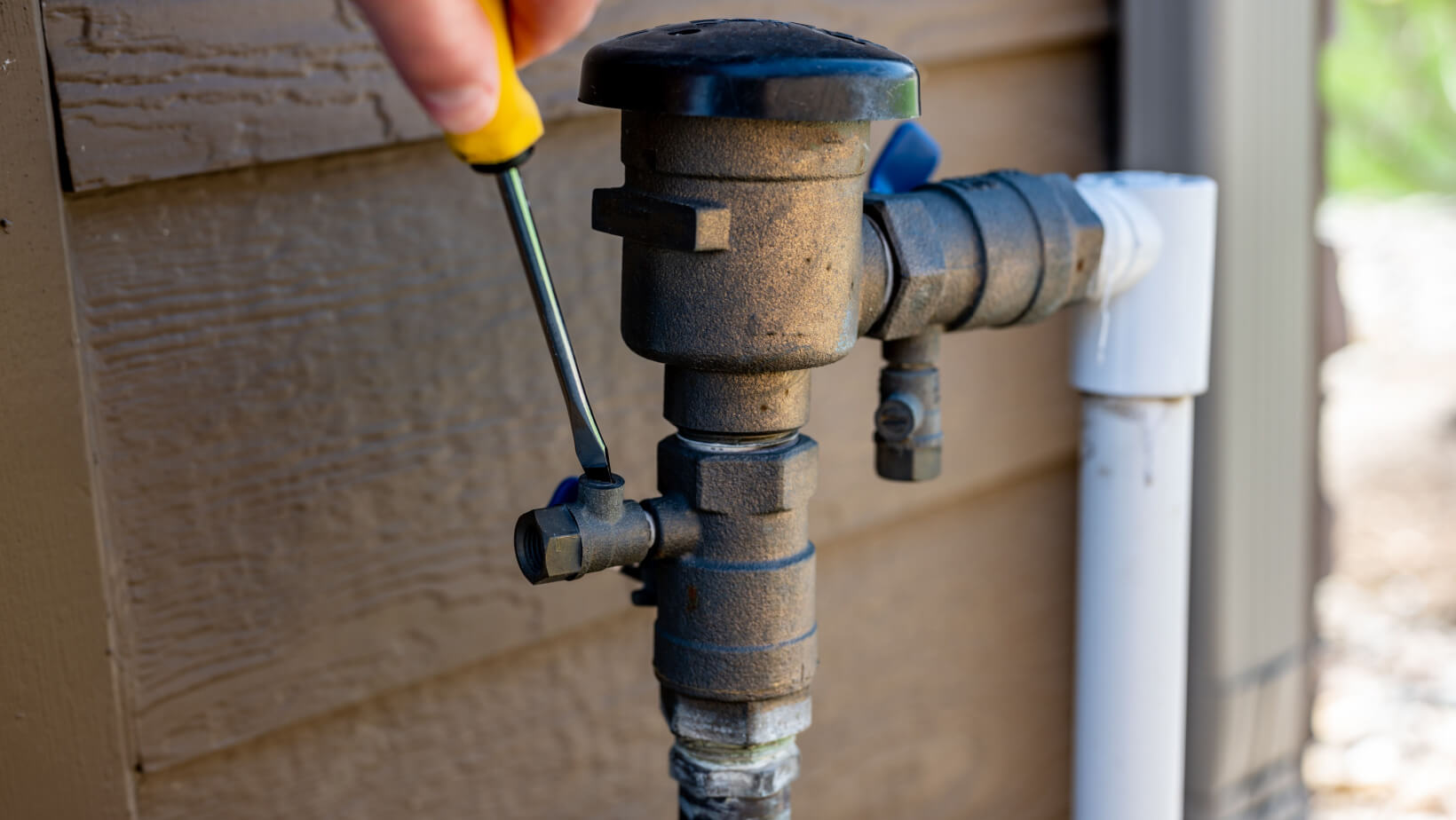
Your concrete driveway is an essential part of your home’s exterior, providing a sturdy and functional surface for parking your vehicles. Over time, however, concrete driveways can develop various issues that require attention and repair. By recognizing the signs of deterioration early on, you can address them promptly, prolong the lifespan of your driveway, and avoid more extensive and costly repairs down the line. In this blog post, we’ll explore the common signs that indicate it’s time to repair your concrete driveway, helping you maintain a safe and visually appealing entrance to your home.
Cracks and Fractures
One of the most obvious signs that your concrete driveway needs repair is the presence of cracks or fractures. Cracks can occur due to several factors, including freeze-thaw cycles, heavy vehicle traffic, or the natural settling of the ground beneath the concrete. Small hairline cracks are relatively common and can be addressed with simple sealing or patching. However, if you notice larger or widening cracks, it may indicate a more serious underlying issue that requires professional attention. These cracks can allow water to penetrate the concrete, leading to further damage and potential instability.
Uneven Surface and Sinking
An uneven surface or sections of your driveway sinking can be indicators of underlying problems. This can happen due to soil erosion, poor compaction during installation, or heavy loads exerted on specific areas. If you notice areas of your driveway that feel lower than others or if it no longer provides a smooth driving experience, it’s essential to address this issue promptly. Not only does an uneven surface affect the aesthetics of your driveway, but it can also pose safety risks and cause damage to your vehicles over time.
Spalling and Flaking
Spalling refers to the chipping, flaking, or peeling of the top layer of concrete, often caused by freeze-thaw cycles, the use of improper deicing chemicals, or poor-quality concrete. If you notice patches of exposed aggregate or rough, deteriorating areas on your driveway’s surface, it’s a sign of spalling. This not only compromises the visual appeal of your driveway but also exposes the underlying concrete to further damage. Addressing spalling early on can prevent more extensive repairs and ensure the longevity of your driveway.
Potholes and Deterioration
Potholes, characterized by bowl-shaped depressions in the surface, are clear indicators that your concrete driveway needs repair. They can result from heavy vehicle traffic, prolonged exposure to moisture, or a combination of factors. Potholes not only make your driveway unattractive but can also cause damage to tires, suspension, and alignment of vehicles. If left unattended, potholes can grow larger and compromise the integrity of the entire driveway.
Drainage Issues
Proper drainage is crucial for the health of your concrete driveway. If you notice water pooling on the surface or flowing toward your home’s foundation, it suggests a drainage problem. Improper slope, damaged gutters, or a lack of proper drainage channels can lead to water infiltration, which can erode the concrete and weaken its structure over time. Addressing drainage issues promptly can prevent long-term damage and protect the foundation of your home.
Conclusion
Regular maintenance and timely repairs are essential to ensure the longevity and functionality of your concrete driveway. By paying attention to the signs mentioned in this blog post, you can identify problems early on and take the necessary steps to address them. Whether it’s repairing cracks, leveling the surface, addressing spalling, or fixing drainage issues, seeking professional assistance is recommended for more significant repairs. Remember, a well-maintained concrete driveway not only enhances the curb appeal of your home but also provides a safe and durable surface for your vehicles for years to come. For professional concrete repairs and replacement, contact Entire Home Service today!
Request A Quote
continue reading


